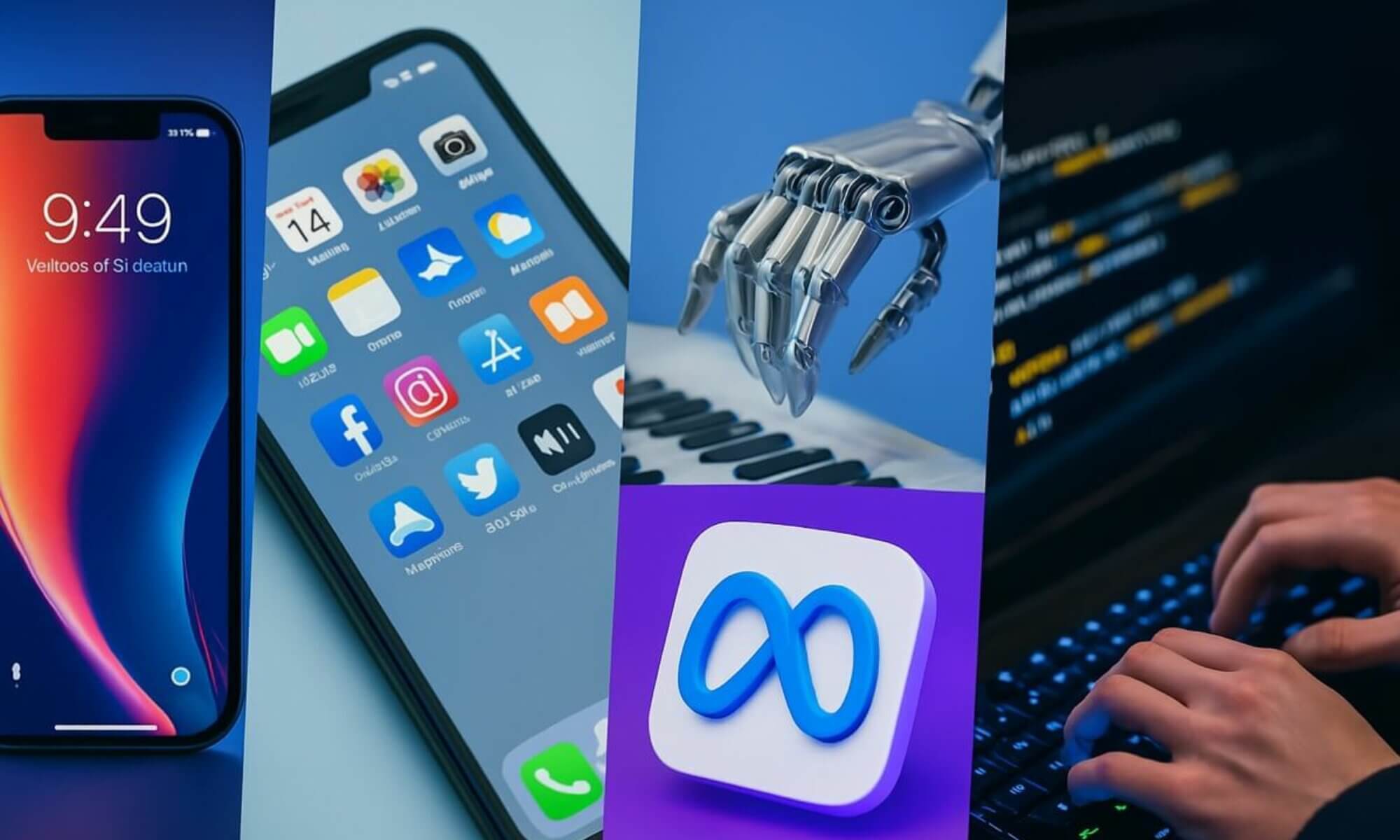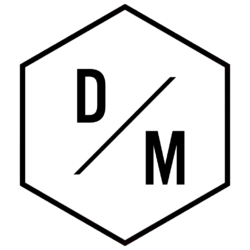The landscape of artificial intelligence is continuously evolving, reshaping industries and redefining workplace dynamics at a pace that challenges established norms. Microsoft’s approach to AI transcends mere technological adaptation; it advocates for a profound cultural transformation emphasizing human-centric strategies and workforce adaptability. Insights from Microsoft’s 2025 Work Trend Index reveal a decisive shift toward an AI-driven yet human-led paradigm, underscoring the need for comprehensive upskilling and fresh operational mindsets. As enterprises align with this vision, collaborations with tech giants like IBM, Google, Amazon, Salesforce, NVIDIA, OpenAI, Adobe, SAP, and Intel become essential for fostering innovation that is scalable, secure, and ethically grounded.
Microsoft’s Vision for AI in the Workplace: Beyond Tools to a New Work Culture
The latest thought leadership from Microsoft, particularly through the lens of Matthew Duncan’s findings at Spark HR 2025, positions AI not simply as an upgrade but as a catalyst for a cultural revolution in the workplace. Organizations face the critical task of unlearning legacy workflows and reimagining tasks through a “blank canvas” framework that fully harnesses AI’s potential.
- Emphasizing a human-led AI integration: Microsoft insists on tools functioning as enablers rather than replacements, supporting employees through adaptive learning and creative problem-solving.
- Upskilling and continuous learning: A core pillar involves systematically equipping workforces with new skills to handle AI-augmented roles effectively, fostering agility.
- Cultural adaptability: Encouraging organizations to embed flexibility and innovation in work habits, steering away from rigid operational mindsets.
This strategic mindset prioritizes ethical responsibility, security, and scalability, partnering with companies like SAP and Intel to address enterprise needs comprehensively. For enterprises keen on the nuances of AI’s impact on workforce strategies, resources on cybersecurity and AI perspectives prove crucial for understanding risk mitigation in AI deployments.
Survey Insights: Workforce Adaptation in an AI-Driven Future
Microsoft’s recent survey involving 31,000 participants across 31 countries clearly defines the trajectory of work as fundamentally AI-enhanced but predominately led by humans. This duality challenges companies to integrate advanced AI without disrupting core human judgment and creativity.
- Global participation: Broad demographic data underscores universal workforce impact, from North America to Europe and Asia.
- Emphasis on adaptability: The impetus lies in transforming existing talent pools through targeted training rather than replacing roles.
- Strategic workforce planning: AI tools are calibrated to assist with talent acquisition and task automation, enhancing organizational efficiency while respecting human expertise.
| Key Survey Findings | Impact on Work | Recommended Action |
|---|---|---|
| AI-driven workflows adoption (84%) | Increased productivity, task automation | Invest in AI literacy and hands-on training |
| Employee adaptability prioritized (76%) | Flexibility in job roles, career paths | Implement continuous upskilling programs |
| Concerns about ethical AI use (65%) | Demand for transparent AI policies | Develop clear governance frameworks |
Further exploration of AI’s role in workforce planning can be found in AI-driven insights for business management, aiding HR departments in strategic decision-making.
Collaborative Innovation: Partnering with Tech Leaders for Responsible AI Deployment
Microsoft’s strategic collaborations with industry leaders such as IBM, Google, Amazon, Salesforce, NVIDIA, and OpenAI significantly enhance its capability to deploy AI responsibly across sectors. Integrating cutting-edge technologies with a commitment to trustworthiness and security is fundamental to these alliances.
- IBM and Google: Emphasize cloud infrastructure and AI-powered analytics essential for scalable AI solutions.
- Amazon and Salesforce: Focus on AI in customer experience and enterprise resource planning.
- NVIDIA and OpenAI: Provide advancements in generative AI models and hardware acceleration.
- Adobe and SAP: Drive AI applications in digital content creation and enhanced business insights.
- Intel: Supplies the foundational technology for AI processing and security enhancements.
These efforts are complemented by updated security measures documented in technical reviews on AI advancements in cybersecurity, essential reading for organizations seeking to fortify AI initiatives.
Practical Strategies for AI-Driven HR and Talent Management
Upcoming events like SPARK TALENT 2025 in San Antonio offer invaluable insights into AI-powered workforce planning, talent acquisition, and process optimization. The participation of leaders from PepsiCo, Walmart, Staples, Coca-Cola, Marriott, and GE HealthCare showcases real-world applications driving the future of work.
- Workforce planning: Leveraging AI to predict skills demand and align strategies.
- Talent acquisition: Automating candidate sourcing and enhancing recruitment fairness.
- AI-driven processes: Streamlining HR workflows for efficiency and employee engagement.
- Continuous feedback loops: Integrating AI analytics to monitor workplace satisfaction and productivity.
| HR Strategy | AI Application | Expected Benefits |
|---|---|---|
| Predictive Talent Analytics | Forecast job market trends and skill gaps | Optimized recruitment and reskilling efforts |
| Automated Candidate Screening | Use AI algorithms to assess candidate fit | Reduced bias, faster hiring processes |
| Employee Performance Monitoring | Real-time data on productivity and engagement | Targeted training interventions |
For a deeper understanding of the complex relationship between content creation and AI, explore strategies that preserve human authenticity in AI-assisted workflows.


